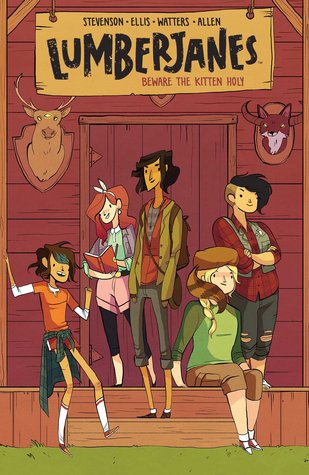 The Odes of Horace by Horace (Quintus Horatius Flaccus), translated by David Ferry, 160 pages
The Odes of Horace by Horace (Quintus Horatius Flaccus), translated by David Ferry, 160 pages
In the sixth ode of the first book, dedicated to Augustus' general Agrippa, the victor of Actium, Horace protests that to sing his subject's virtues properly would require an epic poet in the manner of Homer and Virgil, whereas
It falls to me to make up easygoing
Songs about such battlefields as parties,
Epic encounters between young men and women.
So David Ferry renders it. Contrast this with John Conington's Victorian era translation:
Feasts are my theme, my warrior maidens fair,
Who with pared nails encounter youths in fight.
Or A.S. Kline's more contemporary translation:
I sing of banquets, of girls fierce in battle
With closely-trimmed nails, attacking young men.
Obviously Ferry's translation is more equivalent than literal here, and on that level he succeeds admirably. His rendition of Horace's poetry has an ease and a confidence that makes it seem effortless without being superficial, to the point where it is easy to imagine the odes being performed or even composed at one of the poet's dinner parties. Unfortunately, it also misses some of Horace's gems, like the girls fighting with their nails in amorous combat, an image, so striking in itself, that also echoes his earlier references to "the wrath that filled Pelides' breast" and "crafty Ulysses' long sea-wanderings" better than "epic encounters between young men and women".
On the other hand, Ferry translates the thirteenth ode of the fourth book more literally
...your graying hair and yellowing teeth
while Conington transformed that description
The white has left your teeth
And settled on your brow.
Ferry is not deaf to metaphor, but he clearly prizes accessibility over ornament. Whether the readers' values agree will determine their reception of this translation.




































